South Bound Brook
interest factSouth Bound Brook is a town in Somerset County, New Jersey, United States. South Bound Bruce is still home to a small Ukrainian community that participates in the life of the local Orthodox parish and cares for the Ukrainian cemetery. This cemetery is the largest and most famous Ukrainian necropolis in the western hemisphere. The Ukrainian cemetery was established here in 1951, on the initiative of Ukrainian emigrants of the Orthodox faith. Mstislav Skrypnyk, the then archbishop of the Ukrainian Orthodox Church in the United States and in the past a cornet player of the UPR Army, played a leading role in founding a Ukrainian cell in the area.
In June 1951, the UOC Church Council in the United States approved a plan to purchase 23 hectares of land and three residential buildings, outbuildings, a pond, and a large lawn.
Photo from the archives of the Ukrainian Historical and Educational Center of New Jersey in South Bound Brook.
Heroika pays for a number of burials of veterans of the UPR Army abroad at its own expense.
interest fact Heroica pays for a number of funerals of veterans of the UPR Army abroad at her own expense. These are the cases when our diaspora cannot pay the rent for a place in the cemetery on its own.
Some of these graves we rescued just from under the bucket of an excavator. For example, the grave of Colonel Mykola Shramenko, located in the Waldfriedhof cemetery in Munich.
His burial has not been paid for since 2002. The tombstone was demolished and another person was going to be buried in the grave.
At the last moment, thanks to the efforts of our volunteers Oleksandr Sukhoronchak, Petro Lompas and Andriy Lavrinenko, we managed to stop the process of liquidation of the burial.
We have signed an agreement with the Munich Municipal Cemetery Office (Städtische Friedhöfe München) to extend the lease of the cemetery until 2021.
However, due to lack of funds, there is still no monument on Shramenko's grave.
Borys Sukhoruchko-Khoslovsky in 1928 created the film studio "Mercury-Film"
interest factLieutenant Colonel of the Army of the Ukrainian People's Republic, Knight of the Iron Cross for the Winter Campaign and Battles Boris Sukhoruchko-Khoslovsky in 1928, in exile in Czechoslovakia, created a film studio "Mercury-Film", specializing in the production of promotional films. In addition, Sukhoruchko-Khoslovsky's film studio was engaged in the production of feature films, in particular, he participated in the shooting of "Taras Bulba" near Budapest in the 1930s. Read more about the fate of the colonel in the book by J. Tynchenko "Symbols of the unconquered state. Awards of the Government of the Ukrainian People's Republic ".
Commanders of Ukrainian units on internment in Polish camps (1920-1924).
interest fact During internment in Polish camps (1920-1924), commanders of Ukrainian units sought opportunities to improve the financial situation of their subordinates. In September 1923, the commander of the Separate Cavalry and Mountain Cannon Division of the Army of the Ukrainian People's Republic, General Oleksa Almazov, found a permanent job not only for himself but also for all the soldiers of the division. They went to work at a Saturn coal mine in Silesia. Almazov got a job as an assistant mining engineer (surveyor).
Colonel of the Black Cossacks of the UPR Army in the United States
interest factColonel, the legendary commander of the 1st Cavalry Regiment of the Black Cossacks of the UPR Army Petro Dyachenko settled in Philadelphia, USA after the Second World War. He was fond of gardening. He especially loved growing roses. He was twice married. From his first marriage he had two sons, Yuri (born on July 11, 1923) and Oles (born on December 27, 1928), who died in World War II, and in his second marriage to his wife, Elena, they raised a son, Peter, a U.S. Air Force sergeant. , a participant in the Vietnam War.
Boris Antonenko-Davidovich in the Army of the UPR
interest factWriter and translator Borys Antonenko-Davidovych served in the Zaporizhia Corps of the UPR Army in 1918 and even briefly held the position of commandant of Melitopol (1918). He mentions service in the Ukrainian army in his own memoirs. Antonenko-Davidovich was married three times. The writer's daughter, Yaryna Tymoshenko, was at the origins of the UOC-KP in the early 1990s, and her two grandchildren became priests of the Orthodox Church of Ukraine.
Who are Izhorians?
interest factIn the first Zaporizhzhya aviation squadron of the Air Fleet of the UPR served izhorian Fedri Alelyukhin, a native of the village Pavlinovo, Chebsar district, Vologda province. Izhora is a Finno-Ugric people. Modern settlement area: Leningrad region, on the southern shore of the Gulf of Finland, between Narva and Lomonosov. The land of Izhora is called Izhoria, or Ingermanland.
Where is Ivan Dubovy buried?
interest factIt is still unknown where Ivan Dubovy is buried.
This is not about an ordinary emigrant, but about a colonel, commander of the Zaporizhia Corps - one of the leaders of Ukrainian interwar emigration in France.
For a long time, Dubovy headed the Society of Cossacks (a veteran organization of the orden type) and the Union of Knights of the Iron Cross.
This native of Chernihiv gathered around himself Ukrainian combatants who professed the right political views, sympathized with the ideas of Vyacheslav Lypynsky and saw in the leftism of Ukrainian politicians the main cause of the historical failures of 1917-1921.
/
The number of registration cards in the database exceeded 15 thousand
2020-12-29
During December, information on officers and riflemen of the 16th and 17th brigades of the 6th Sich Rifle Division was entered into the database (as of April 15, 1921).
News
In the Khmelnytsky region, gray coats were honored
2020-12-19
In the village Kholodets is the mass grave of 17 Cossacks and officers of the 10th regiment of sergeants of the UPR Army, who were executed on June 1, 1919 after being taken prisoner in battle near the village of Kupil.
Paid hosting of the site "Names of Independent Ukraine"
2020-12-14
Thanks to the donations of Mr. Yevhen Zhyrko (UAH 1,350) and Mr. Oleksandr Chernomorets (UAH 200), we managed to solve the annoying problem of lack of disk space.
«Героїка» розпочинає співпрацю із Українським культурним фондом
2020-12-05
Станом на 5 грудня на сайті «Імена самостійної України» доступно для ознайомлення 14 014 облікових карток.
H
Historical
cartography
cartography
The main task of historical cartography is to reproduce the true picture of the historical past by methods and means of cartographic science. Cartographic works reconstruct different stages of development of society and reflect them on the basis of historical and cartographic methods. Hrushevsky repeatedly turned to cartographic material. In particular, seven historical maps were added as illustrations to his History of Ukraine-Russia (1898-1903), and the Illustrated History of Ukraine (1913) contained 29 maps. Nine color historical maps were published in the popular edition of M. Arkas's History of Ukraine-Russia (1908).





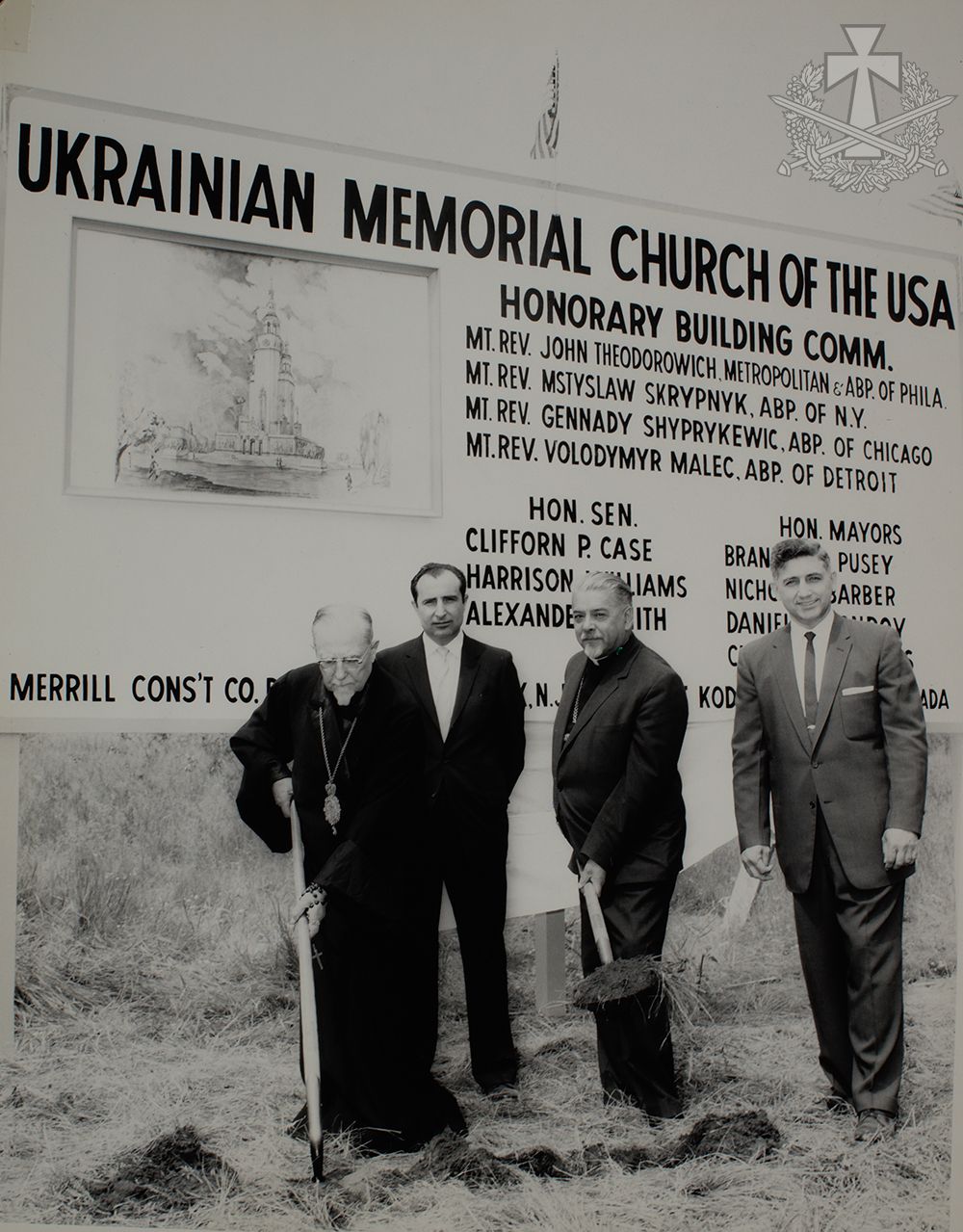
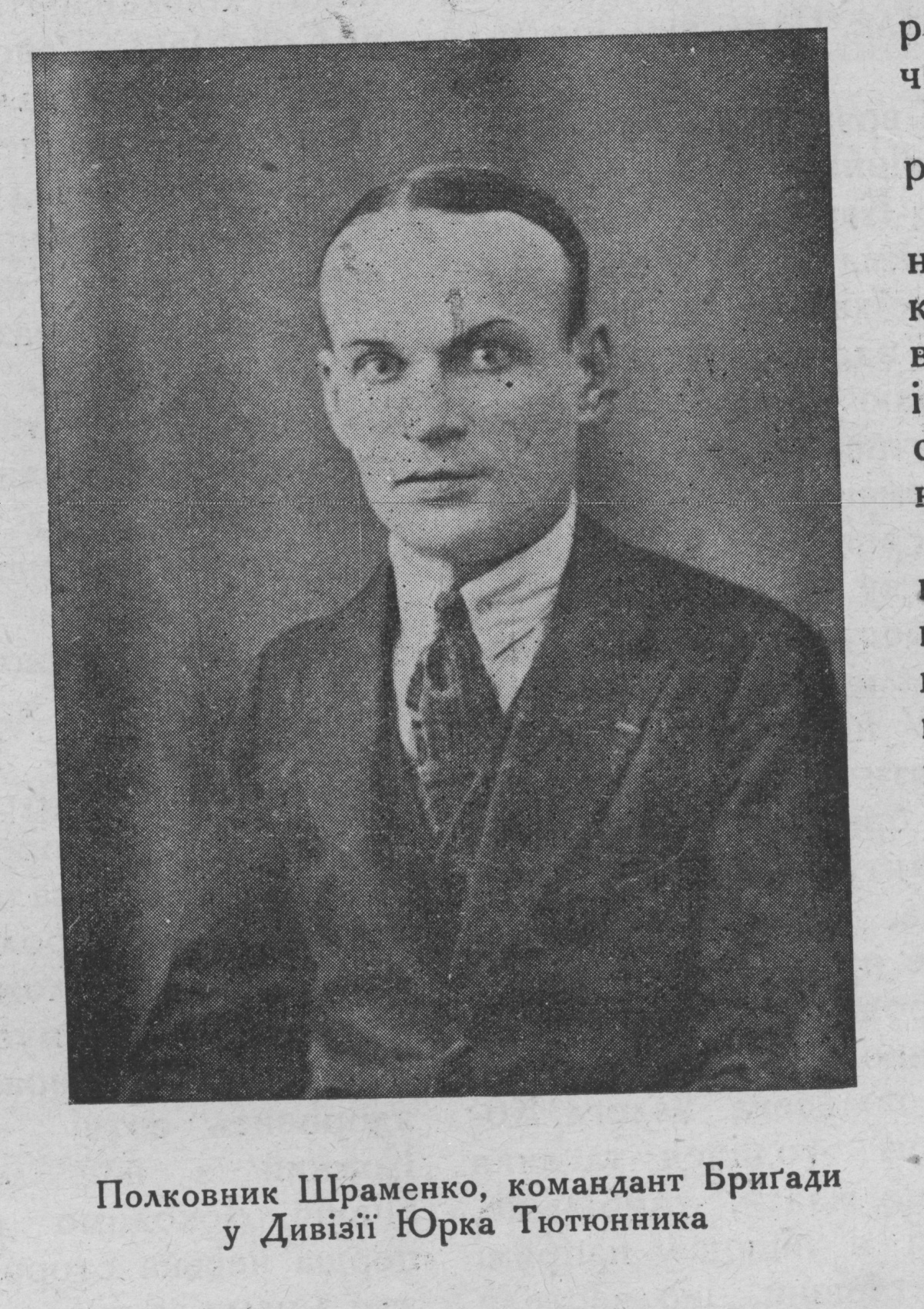
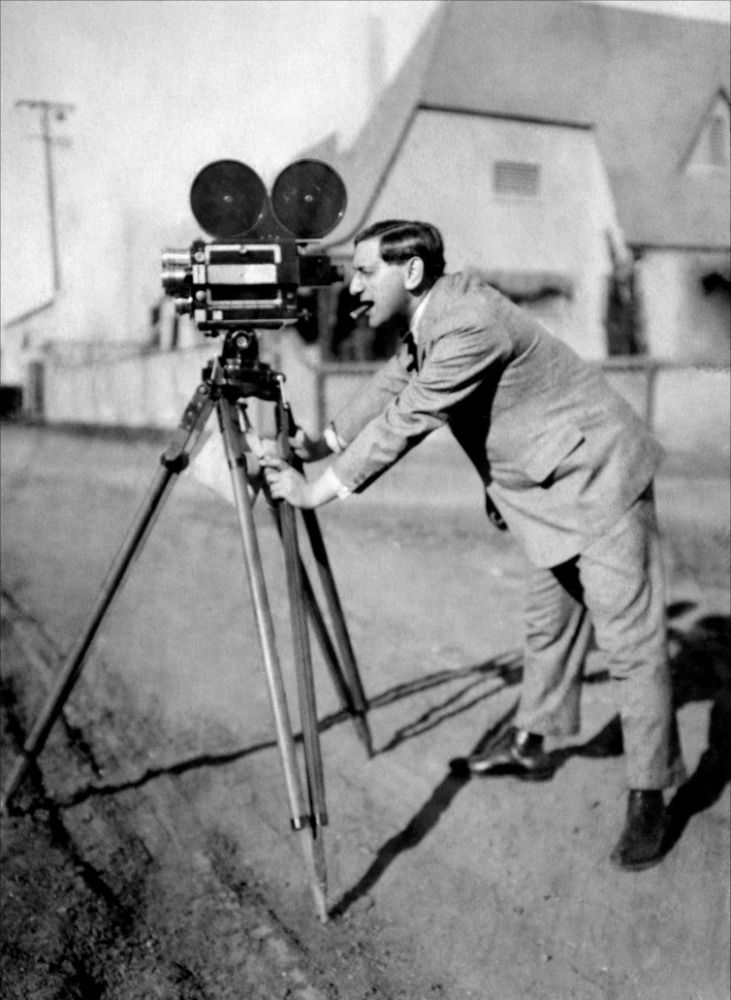
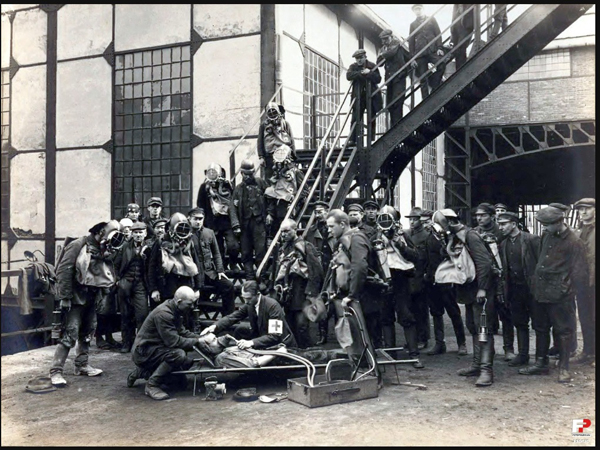
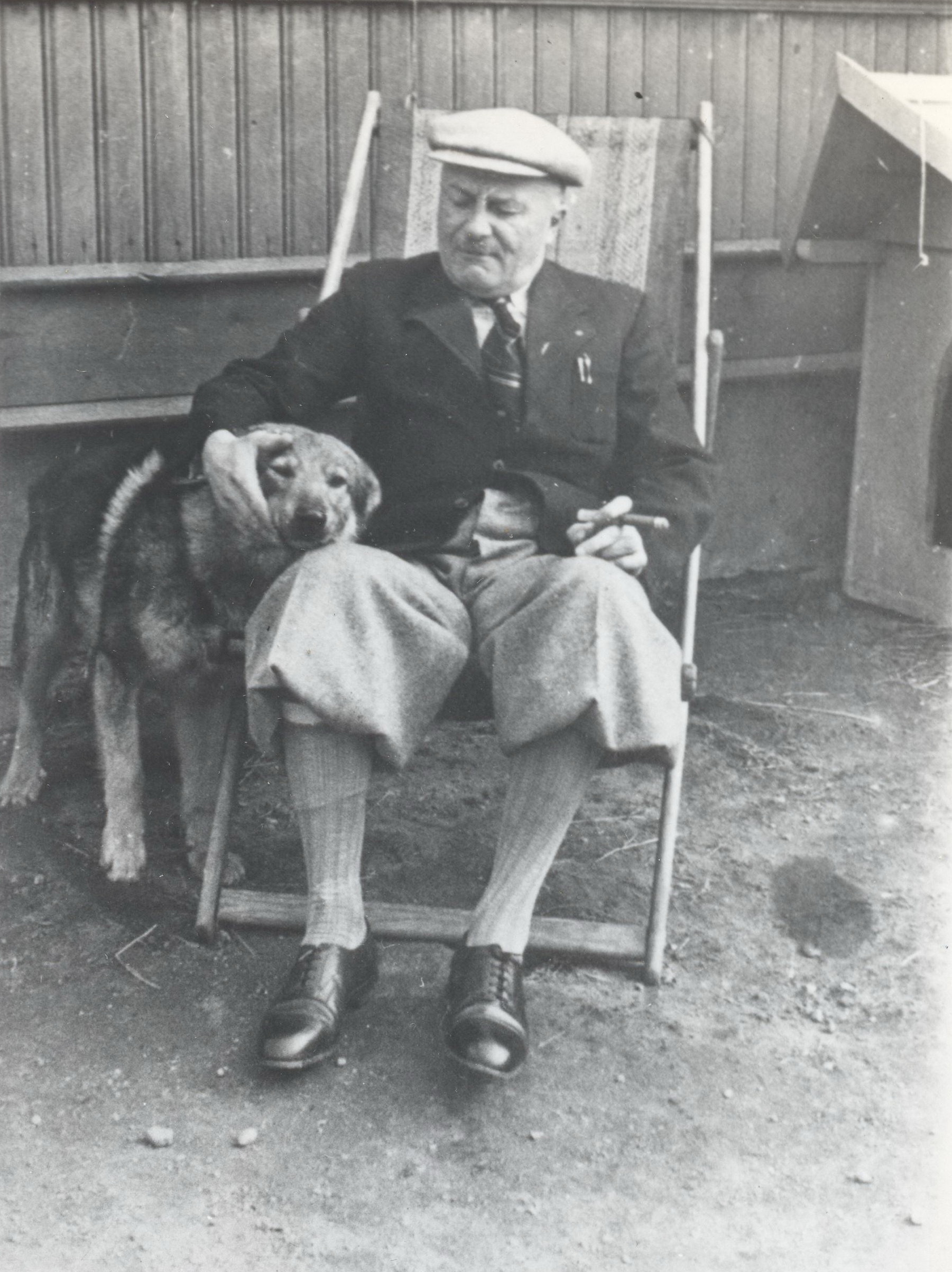
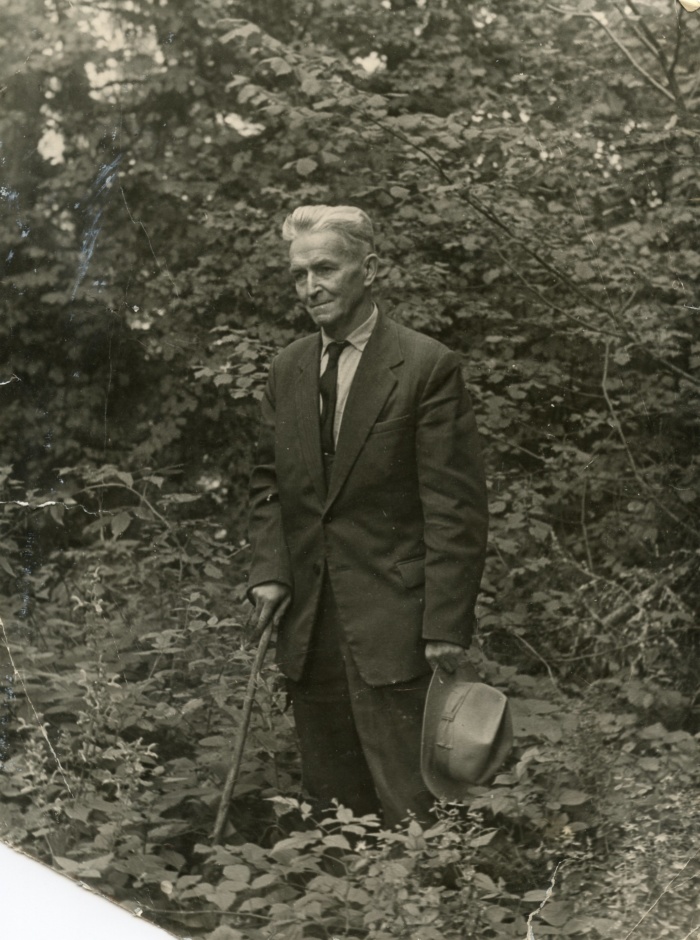
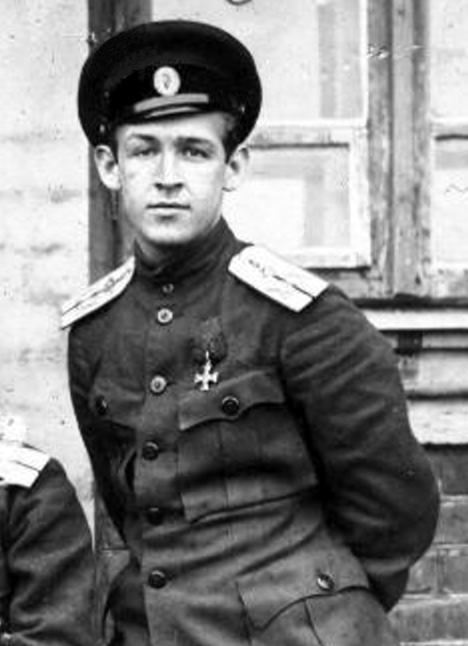
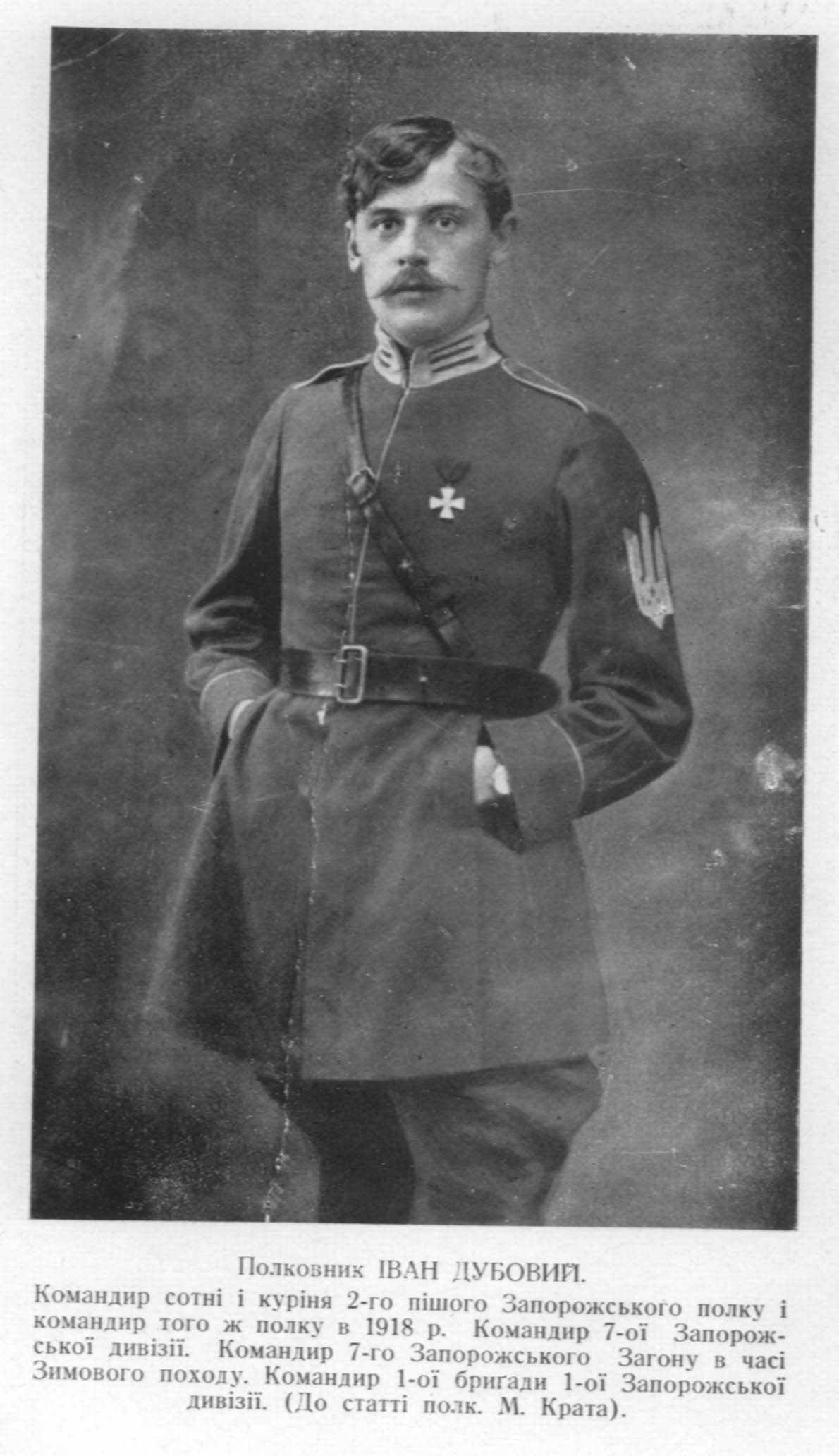
Museum of the Ukrainian postage stamp
interest fact